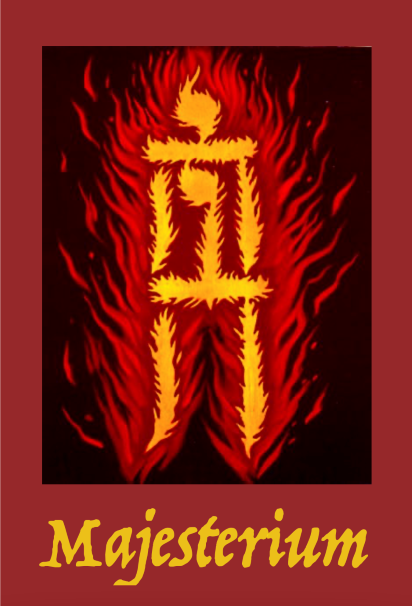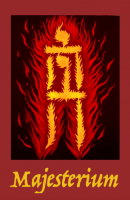I must first apologize for lack of communication from the Camino. I can´t even check my email without intense frustration, and am giving up, so if you need to reach me, do so by comment here or message me on Facebook. I am on free wifi for the first time in three weeks, which is allowing me the questionable luxury of catching up on things electronically. I am finding myself cursing aloud in this hotel lobby, so I think it best to blog quietly, more befitting of my pilgrim status.
Today, we rest in Astorga before heading into the mountains for the next few days, as we enter the final 300 km of our pilgrimage to Santiago. We have walked over 300 km to date, so are taking a much needed respite from the albergues at a hotel here in Astorga with hot baths!!!! We are both exhausted from weather exposure, the weather having taken a decided turn towards the autumnal, with chill and rain and wind.
Stuart fell ill two days ago, so we limped into Astorga yesterday to collapse.
Astorga is our last chance to kit ourselves out before heading into the mountains of the Maragatos region:
I caved in and purchased gloves since the use of socks on our hands is becoming inadequate against the cold winds. The wind was blowing so strongly from the mountains ahead two days ago that we were forced to turn back to Hospital de Orbigos in the foot hills where we stayed in a hippie-communal albergue with a vegetarian meal, rousing Spanish song on guitars, and some yoga to boot! It was a center of Buddhist peace, and the hospitaleros there were fresh-faced and full of what I can only term camino caritas.
The Spaniards like their pork dishes, much to the dismay of any veggie-inclined pilgrim. I hate to say it, but Spanish cuisine is a hardship for me, as there is only variation in the styles of pork available: each region has specialities in how it cuts and cures its pork, and so the variety of pork dishes is absolutely bewildering! Even more bewildering is the fact that we have not seen one pig farm, but only multitudes of cattle, sheep, chickens and dogs and feral cats. The pigs must be in the south of Spain with the orange groves. The cuisine for the peregrinos menu is predominantly pork, potatoes, eggs, cheese, bread and tomatoes–basically the warm reds, oranges and yellows of the Spanish flag. In all fairness, though, the seafood is also wonderful in the larger towns. As we near the Atlantic, we are now entering ¨pulpo¨ territory, the specialty of the region which I am greatly anticipating! I don´t think I will ever tire of the variety of octopus served here! There are pulpo-terias in Galicia! I can´t wait!
Have I mentioned the vinto tinto? The peregrino menu may be humble, but it usually comes with a bottle of lovely red wine, which here runs as cheaply and freely as water from the village fuentes. It is very good for restoring the muscles and is very low in alcohol content,so pilgrims live on it. In the middle ages, when the water was questionable in every village (til the 1980’s, actually!), the only thing pilgrims drank was vino tinto!
The vino tinto is young wine imbibed at every meal, and the vineyards in the Rioja region are resplendent with ripe grapes–we have walked through miles and miles of vineyards and curious earthen bodegas built on the outskirts of every hamlet and town. At first, we thought they were low-income housing for the very poor, who were squatting on the outskirts, as the bodegas look like they might be inhabited by hobbits! Silly, naive Americanos!
Today, we will visit the Camino Pilgrim museum here in Astorga inside the Gaudi Palacio. The history of the various camino routes is fascinating and complex with the interplay of ancient tribal, feudal, and religious fealties forging the identities of these regions. The Camino Frances, I am learning, developed as the northern front-line border of Christendom, forging a path of commerce, feudal alliances and religious infrastructure, with heavy and equal investment from both the kingdoms of France and Spain (Castile, Navarra, Aragon) creating a great display of fortified towns and cathedrals which were hastily built in the 12th century to fend off the Moorish expansion from the south.
In a couple of days, we will reach the Cruz de Ferro, a pilgrim landmark on the peak of Monte Irago…
I will report in as soon as the bandwidth and the skies clear…

